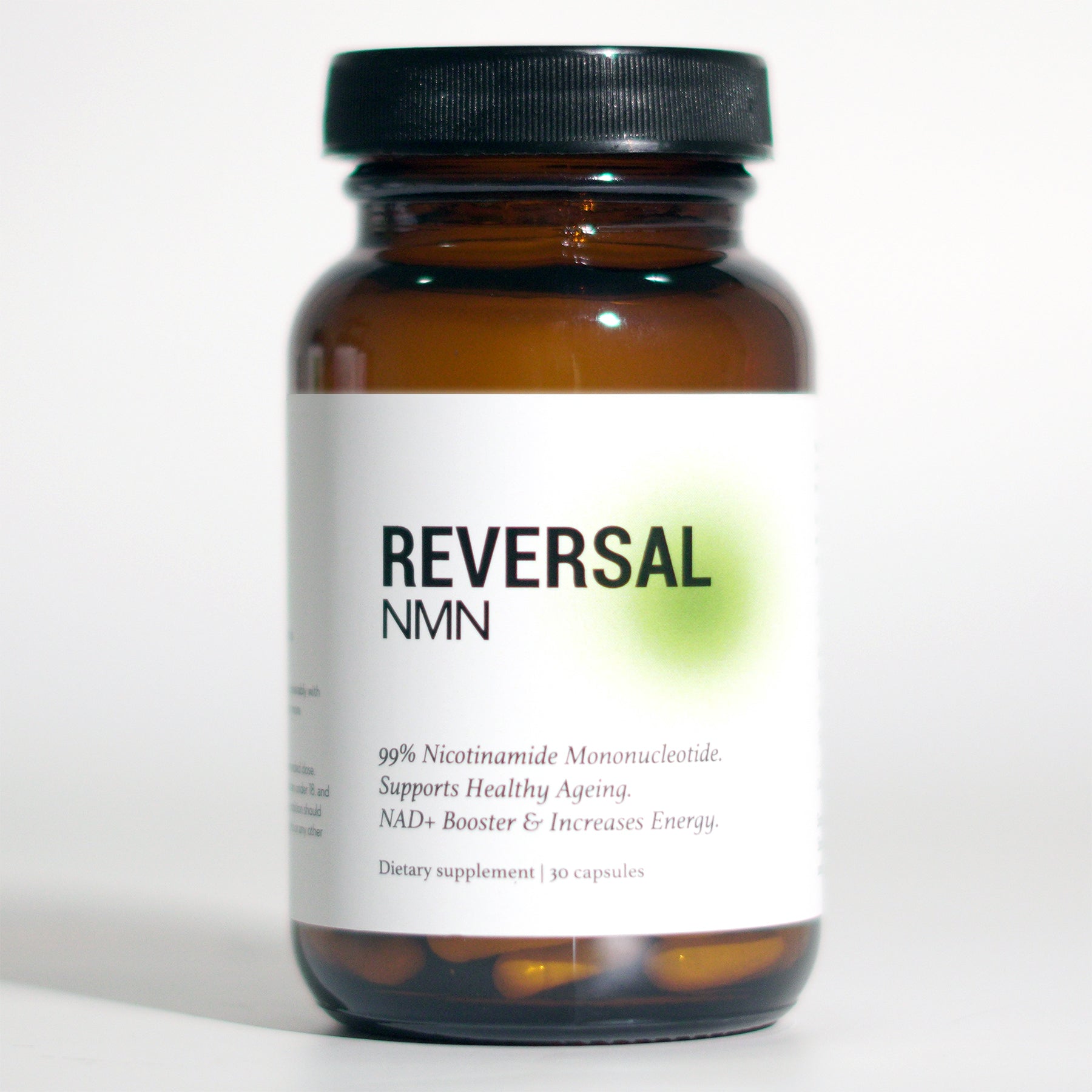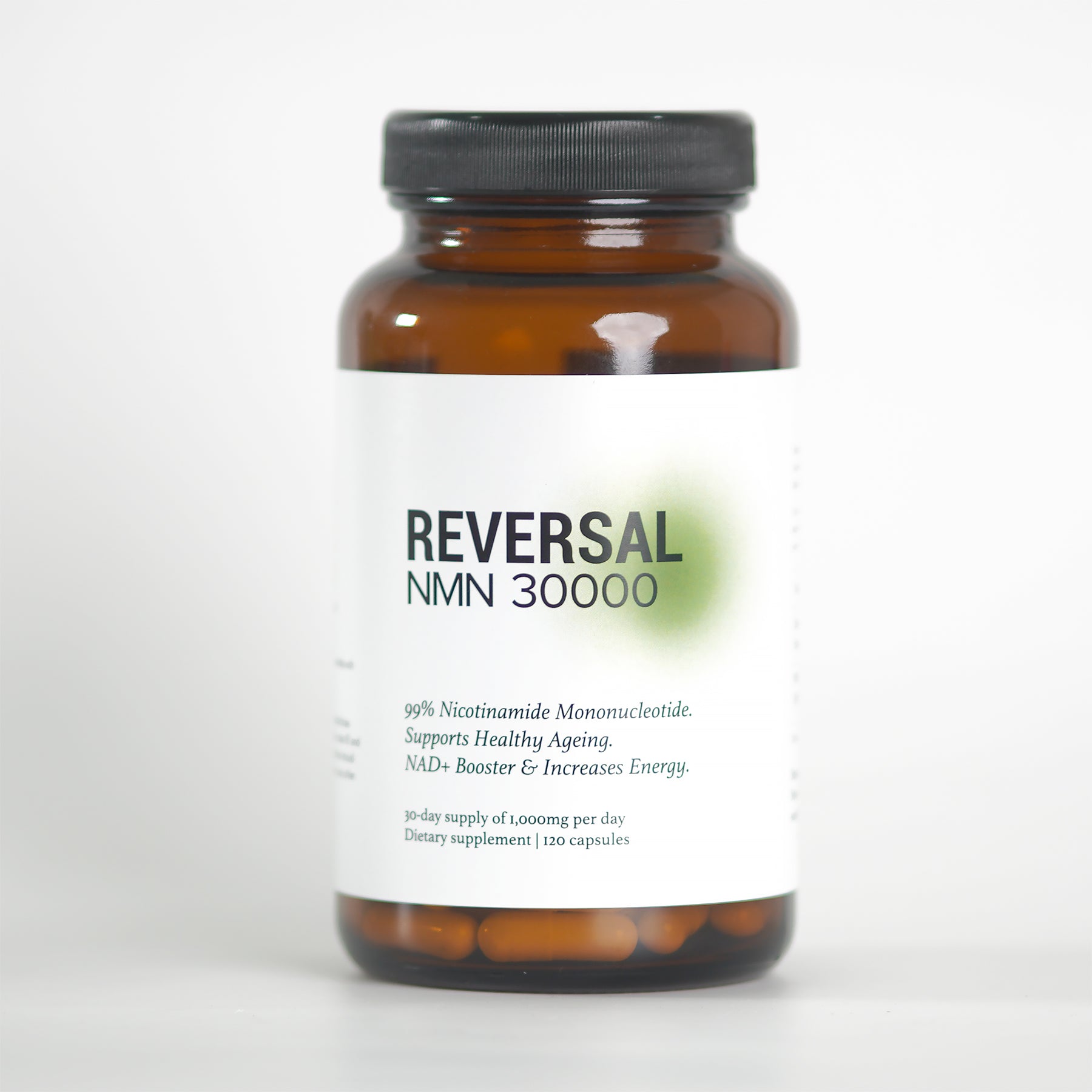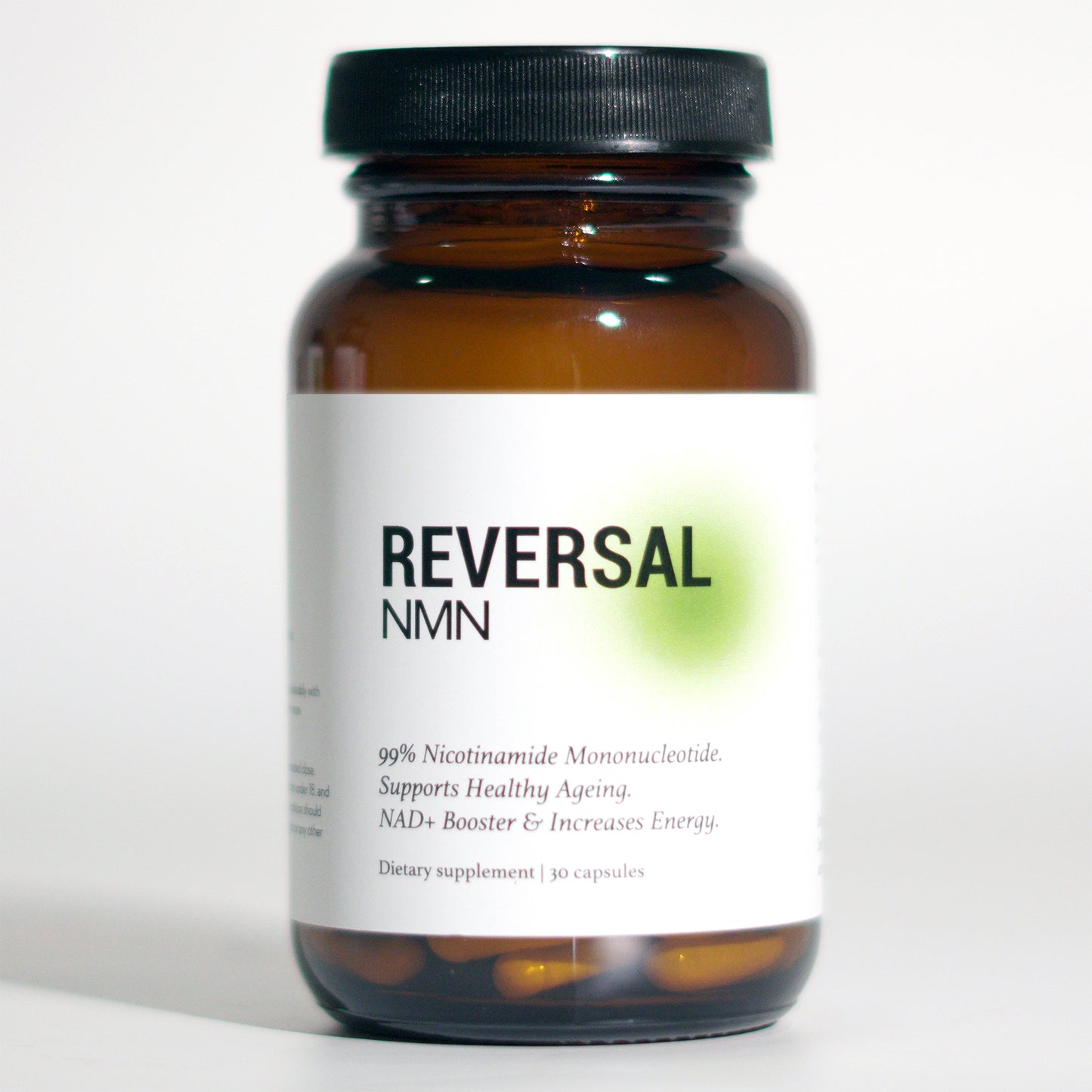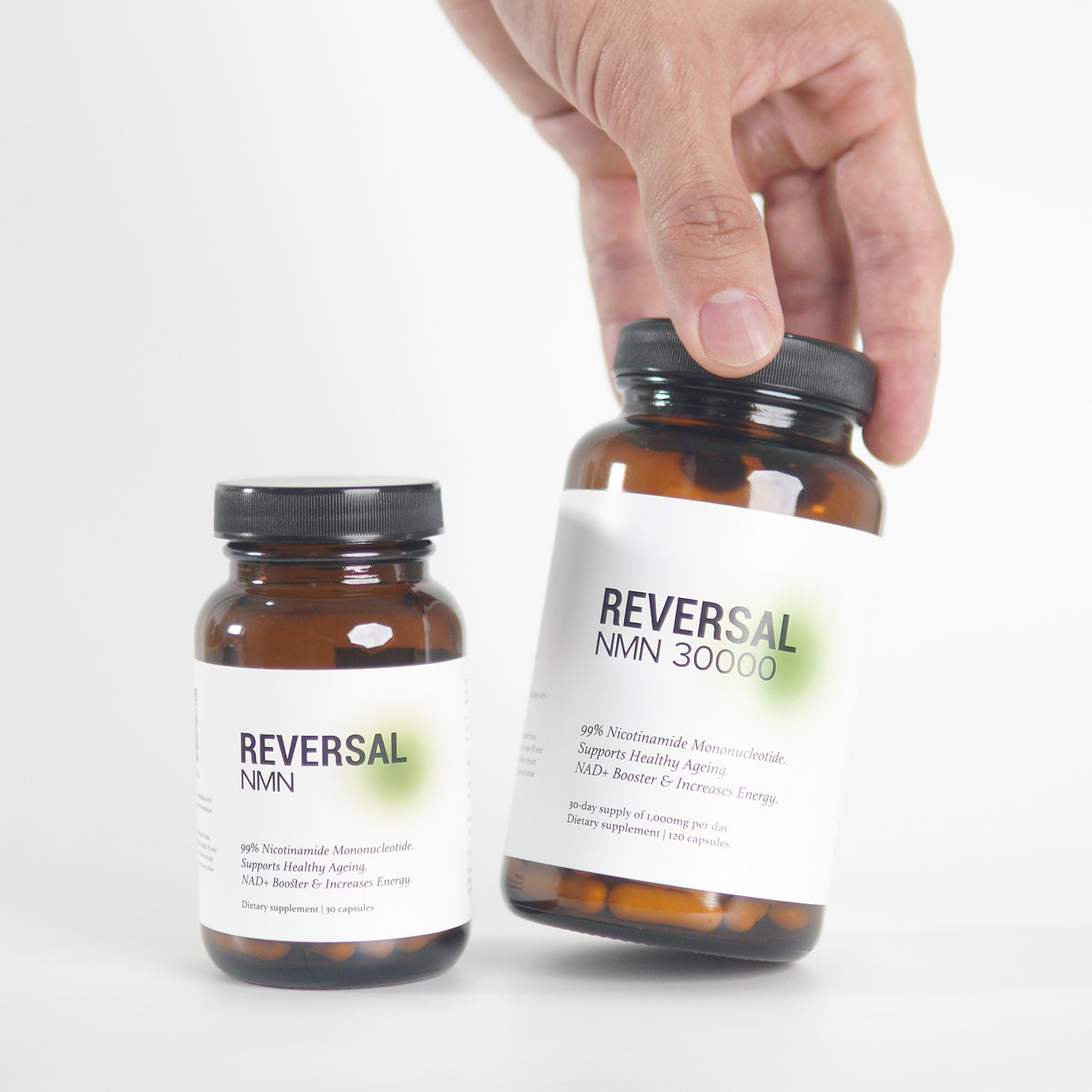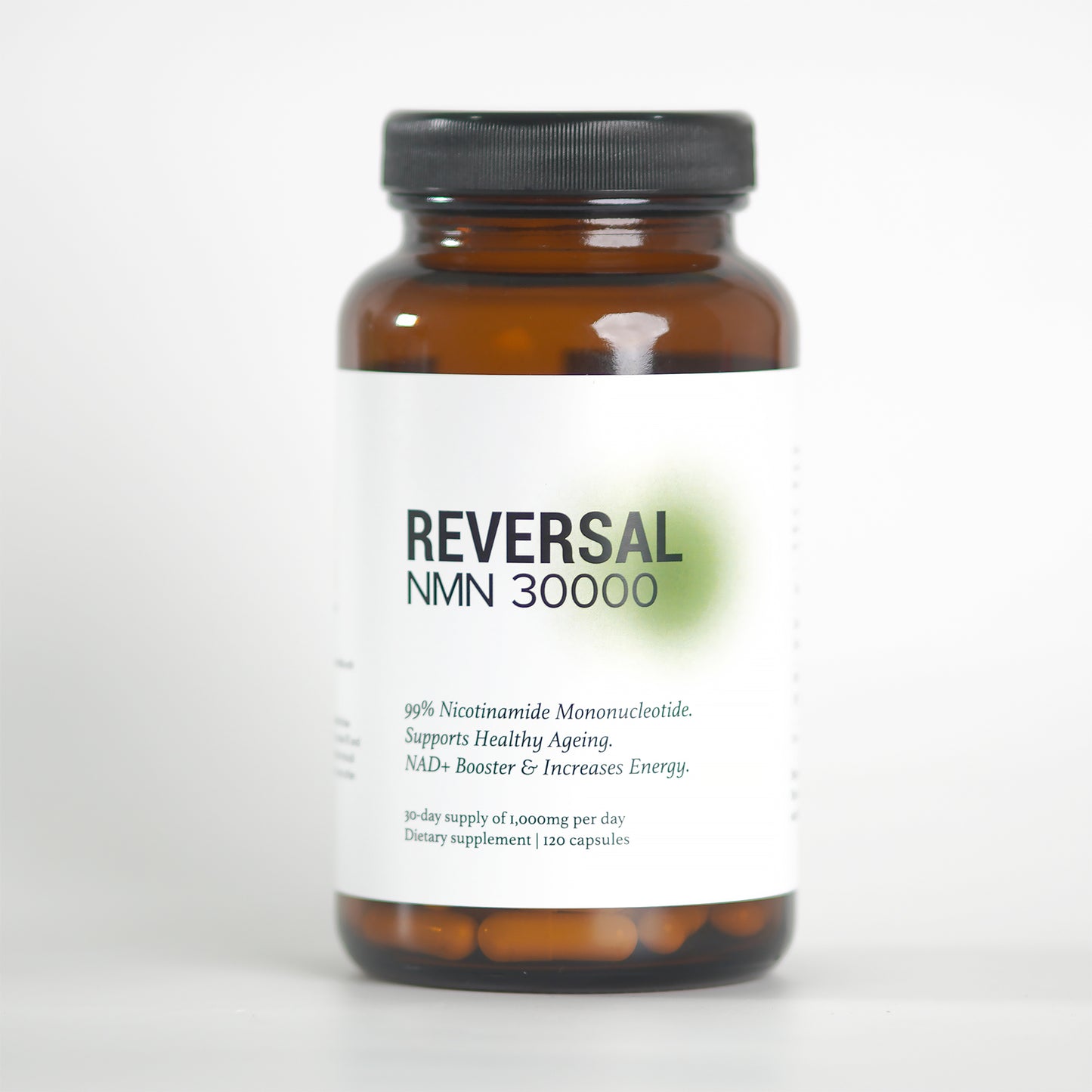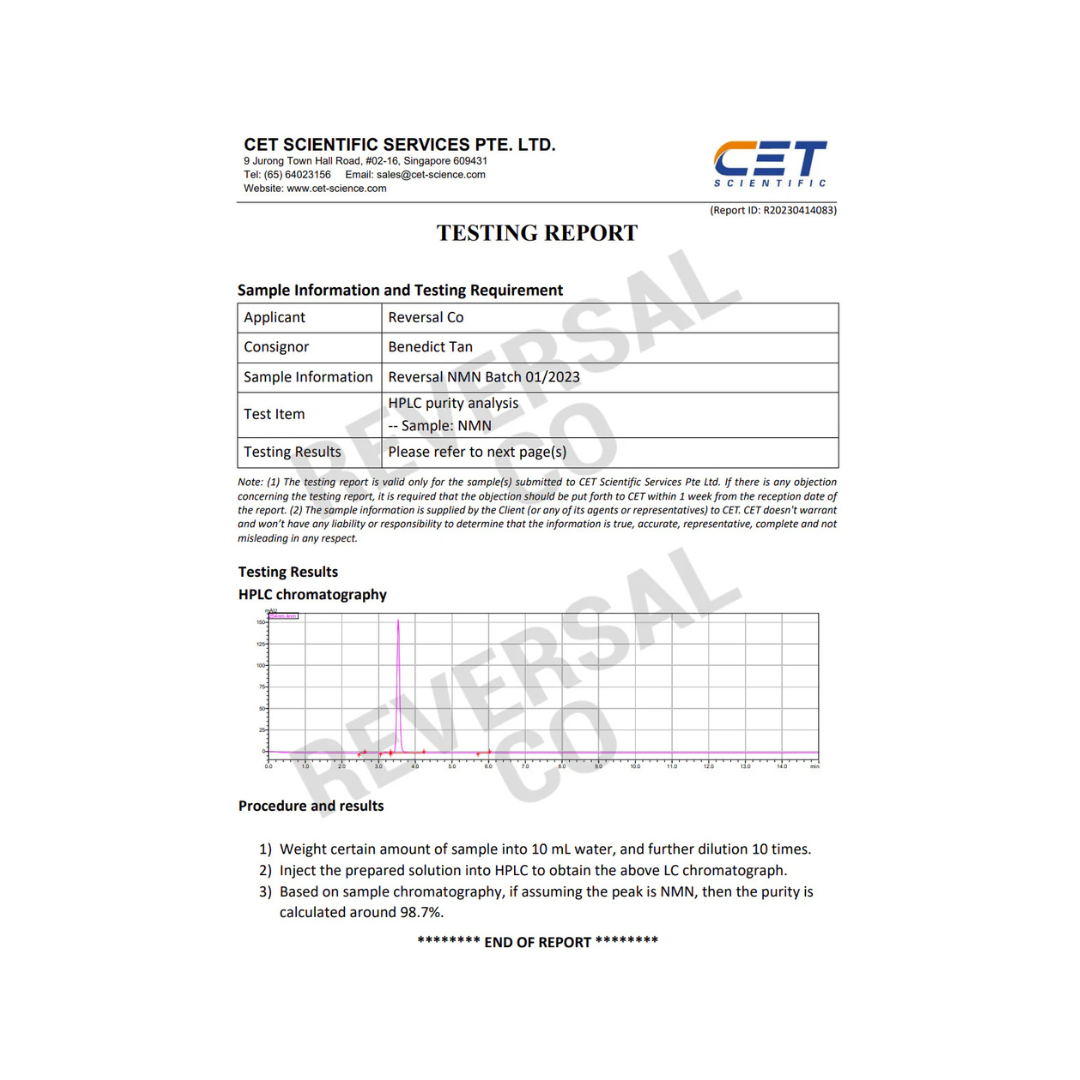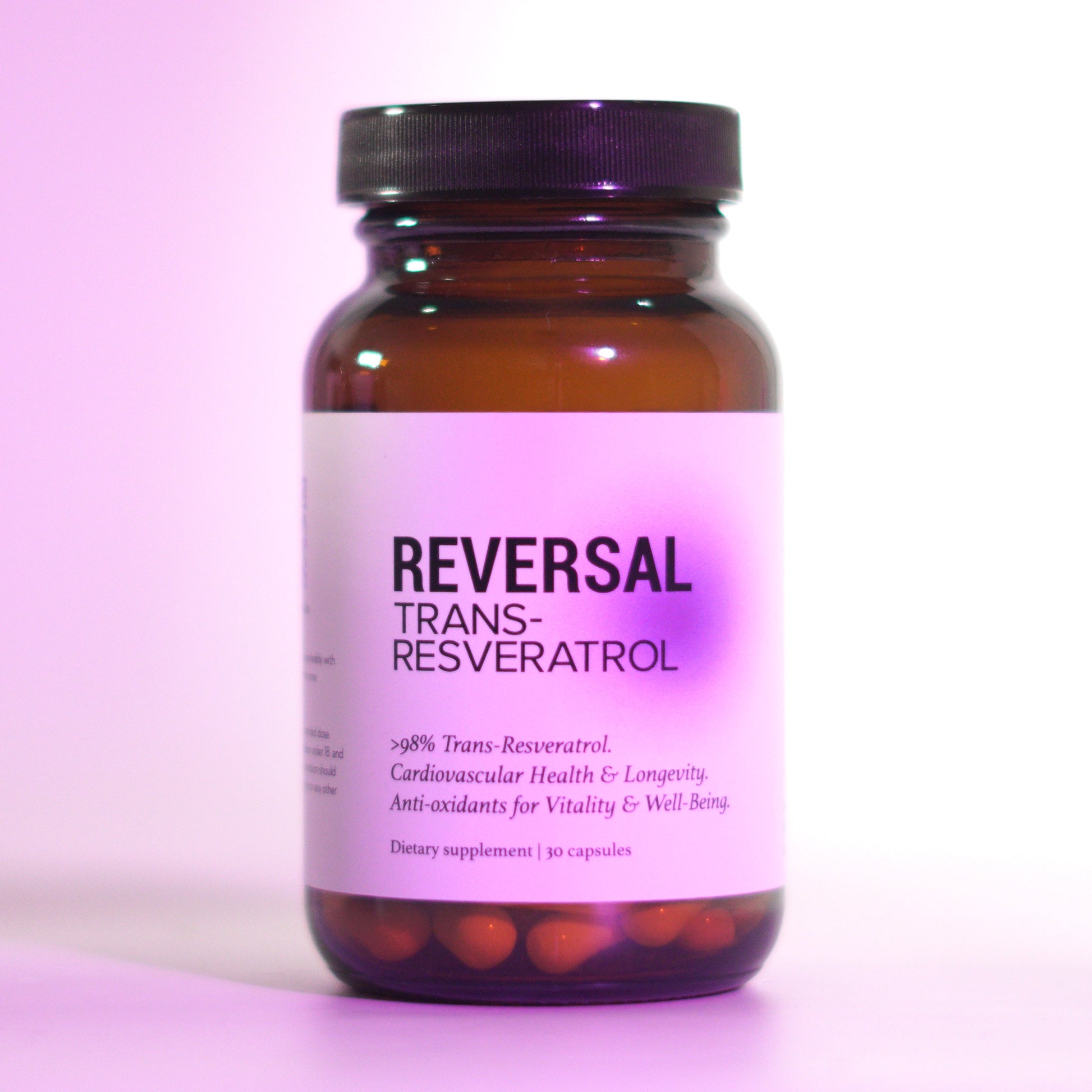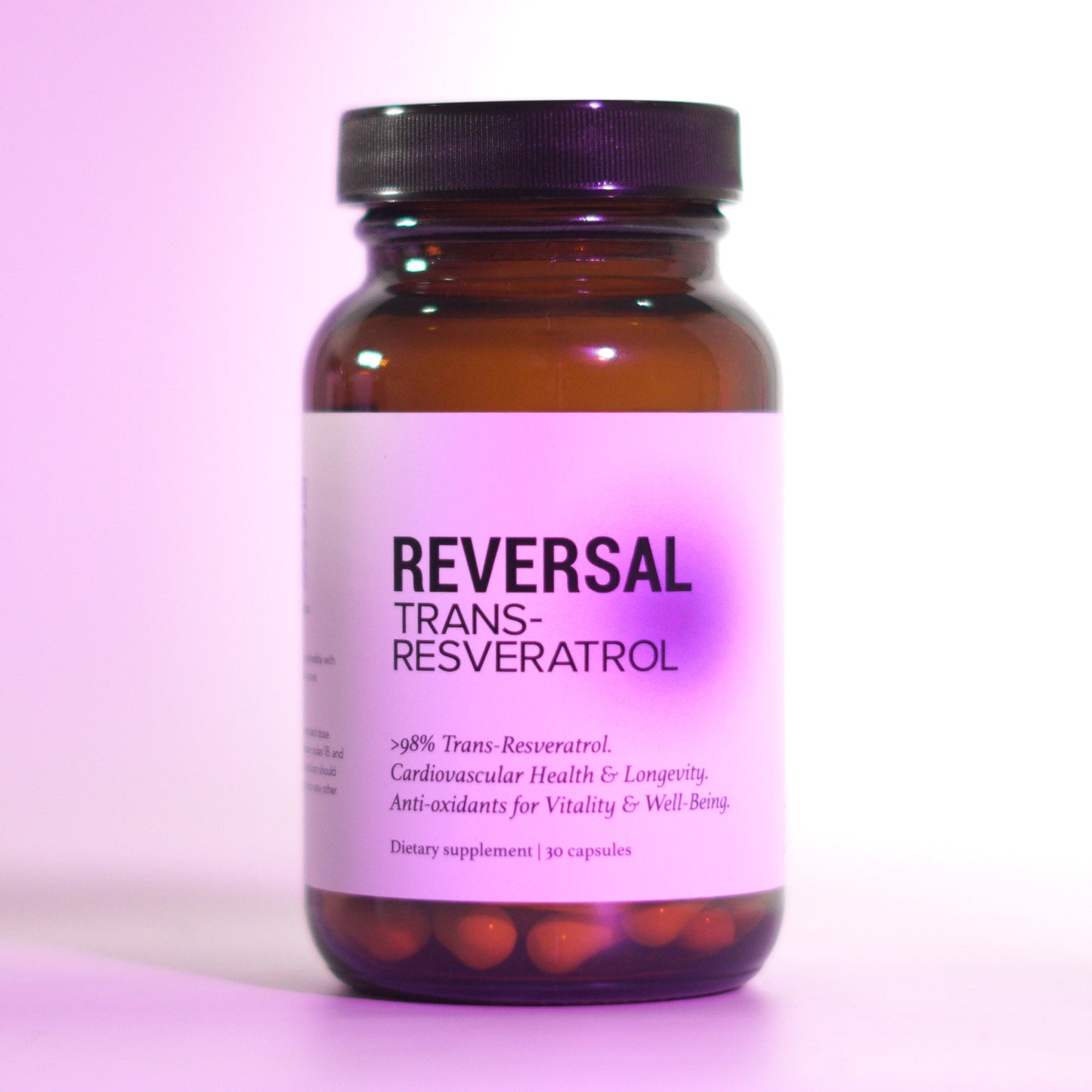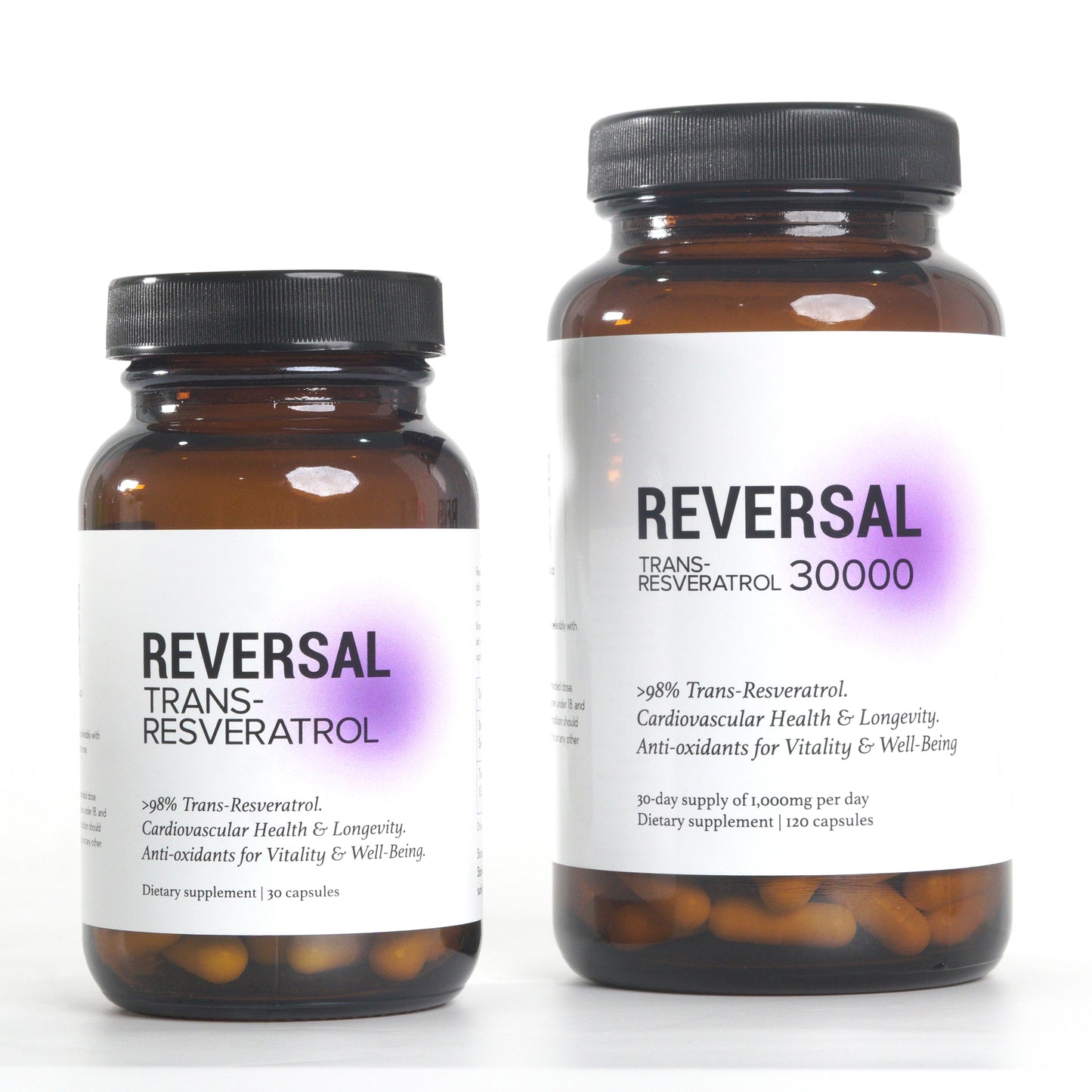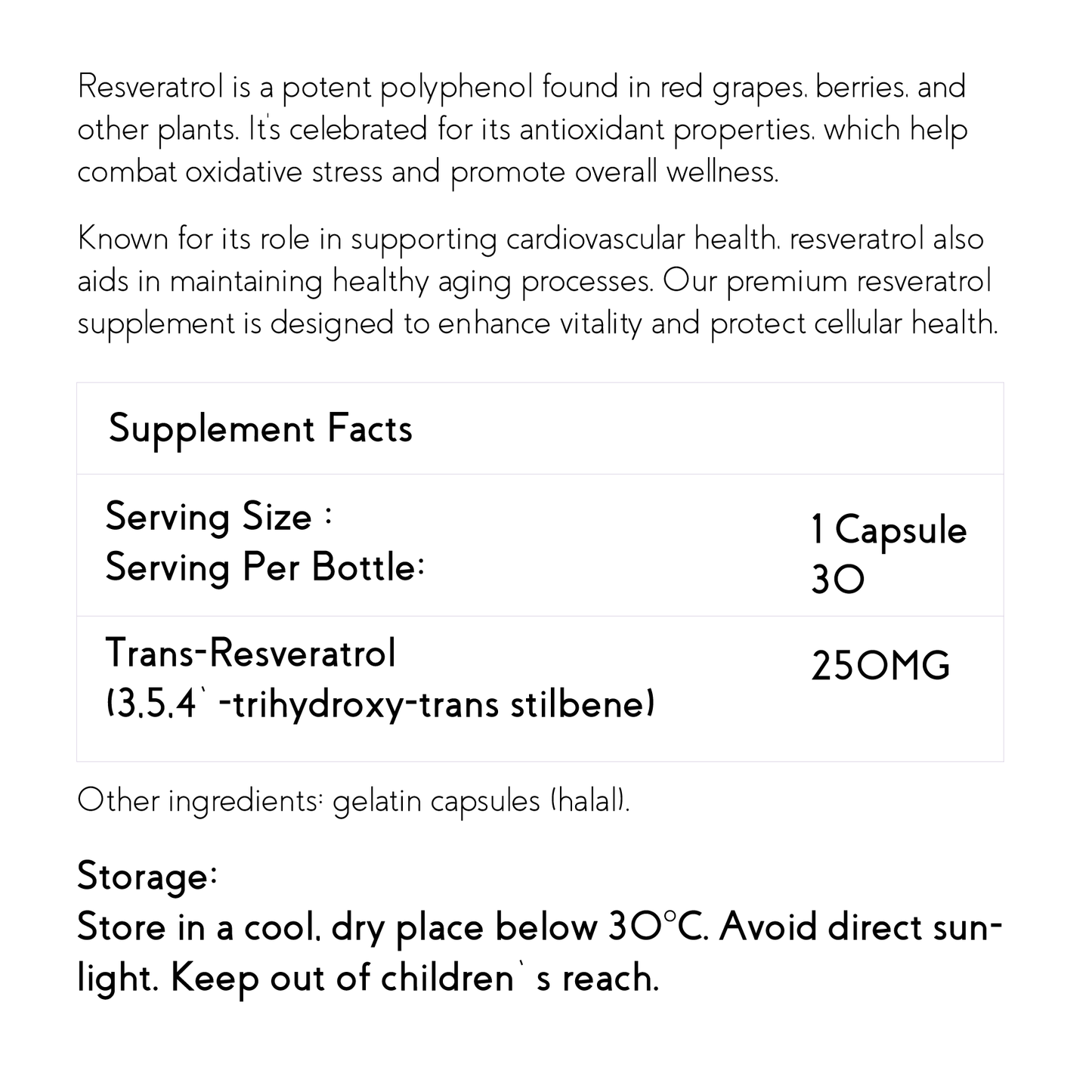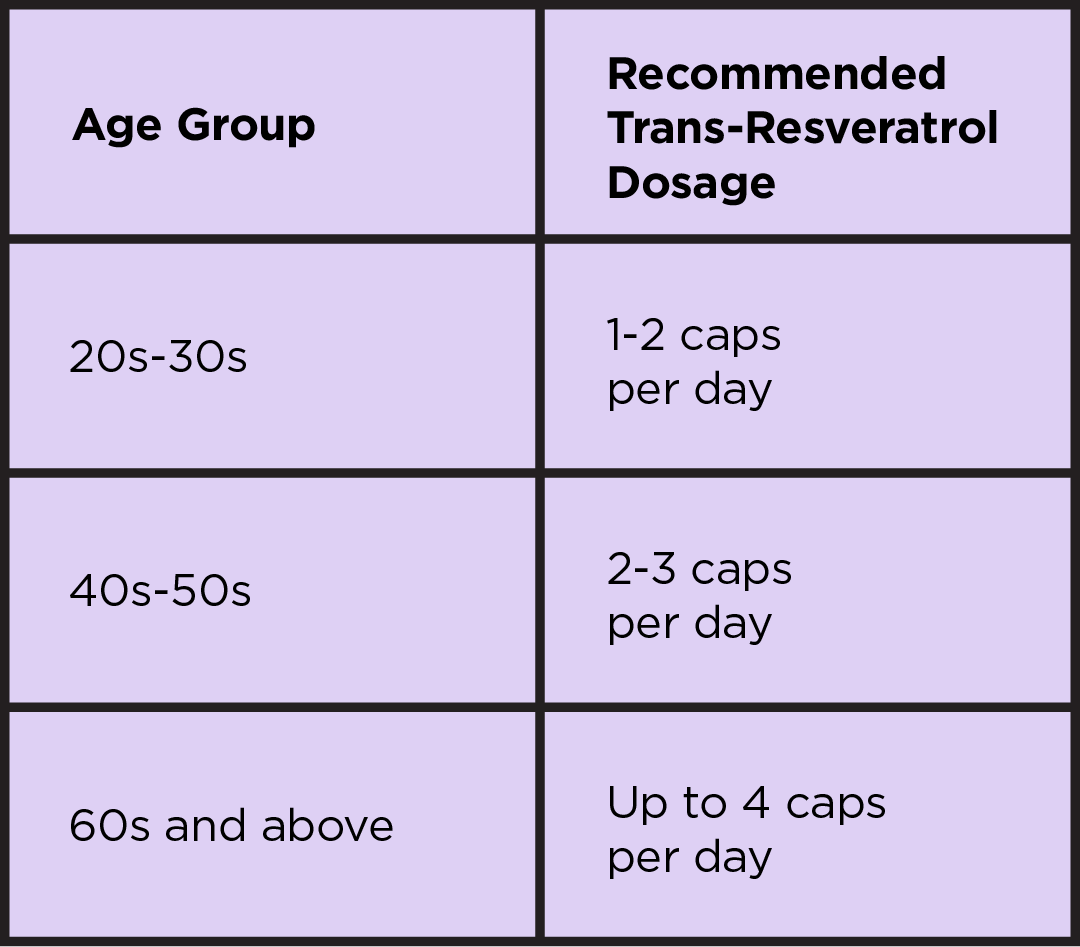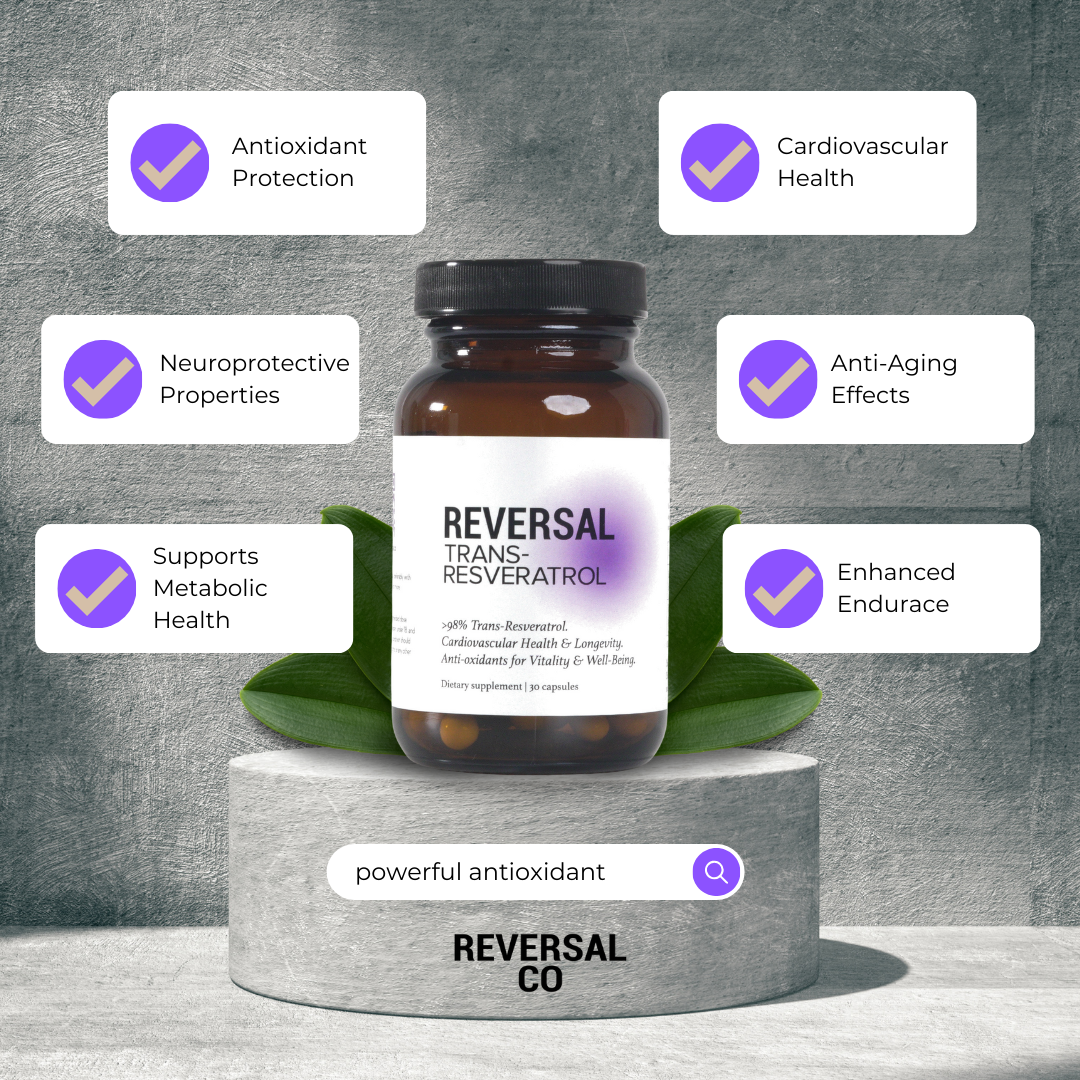Nicotinamide Mononucleotide (NMN): A Promising Treatment for Ischemic Brain Damage
Introduction: Global cerebral ischemia, which results from reduced blood flow to the brain, can lead to a depletion of an important molecule called NAD+. This depletion causes bioenergetics failure and ultimately cell death. However, research has shown that administering a compound called nicotinamide mononucleotide (NMN) can replenish NAD+ levels and protect against ischemic brain damage.
Understanding NAD+ and its Role in Brain Damage
- NAD+ degradation and bioenergetics failure are major factors in post-ischemic brain damage.
- NAD+ is essential for mitochondrial functions and ATP synthesis.
- Activation of PARP1 and CD38 enzymes can deplete NAD+ and ATP, leading to cell death.
- Sirtuins, proteins that regulate various cellular processes, rely on NAD+ for their activity.
The Role of NMN in Mitochondrial Dynamics and Neuroprotection
- Excessive mitochondrial fragmentation further compromises bioenergetic metabolism and contributes to cell death.
- Increased production of reactive oxygen species (ROS) during ischemia/reperfusion contributes to brain injury.
- NMN treatment stimulates NAD+ synthesis, inhibits PARP1 and CD38 enzymes, and shifts mitochondrial dynamics towards fusion.
- NMN treatment may reverse ischemia-induced mitochondrial fragmentation and reduce ROS generation.
Experimental Evidence Supporting the Efficacy of NMN
- Animal experiments were performed using adult male mice, both wild type and with specific genetic modifications.
- Forebrain ischemia was induced by briefly reducing blood flow to the brain in the mice.
- NMN was administered to the mice at a specific dose.
- Various tests and analyses were conducted, including ROS detection, metabolite extraction, protein expression analysis, and immunohistochemistry.
Key Findings from the Study
- NMN administration prevents post-ischemic depletion of mitochondrial NAD+ levels, protein acetylation, and ROS production.
- NMN treatment reverses post-ischemic decline in hippocampal mitochondria NAD+ levels and inhibits excessive mitochondrial fragmentation.
- SIRT3, a mitochondrial NAD+-dependent deacetylase, plays a role in the effects of NMN on mitochondrial dynamics and neuroprotection.
- NMN treatment prevents the acetylation and inhibition of the mitochondrial antioxidant enzyme, reducing ROS generation and suppressing mitochondrial fragmentation.
Implications for Brain Injury and Neurodegenerative Diseases
- Targeting mitochondrial NAD+ metabolism, ROS production, and mitochondrial fragmentation with NMN could be a potential therapeutic approach for acute brain injury and neurodegenerative diseases.
- This study provides valuable insights into the complex mechanisms involved in post-ischemic brain damage and highlights NMN as a promising treatment option.
Conclusion
The administration of NMN has shown promising results in replenishing NAD+ levels, protecting against ischemic brain damage, and promoting mitochondrial health. Further research is needed to validate these findings and develop NMN-based therapies for the treatment of brain injuries and neurodegenerative diseases.
Title of paper: NAD(+) precursor modulates post-ischemic mitochondrial fragmentation and reactive oxygen species generation via SIRT3 dependent mechanisms
Author(s): Klimova N, Fearnow A, Long A, Kristian T.
Year published: 2020
Published in: Exp Neurol
Original article can be found here.


